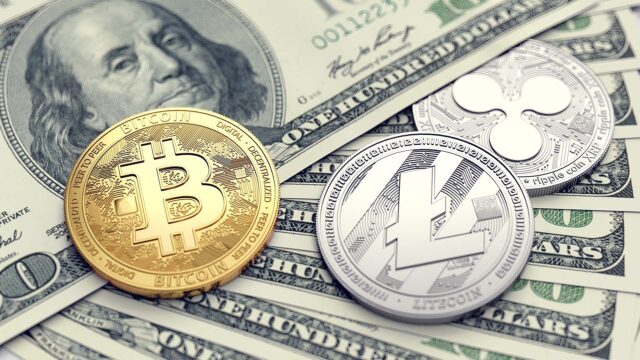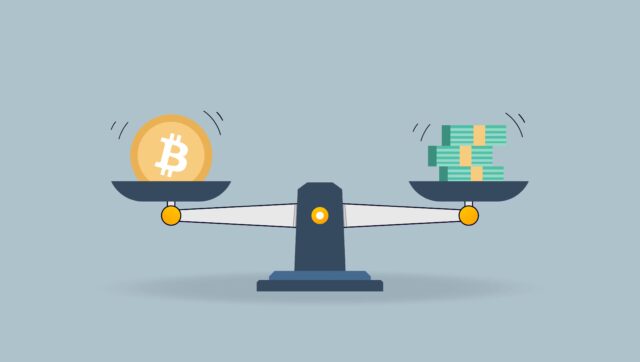
The readiness of humanity for the development of the third-generation Internet must be inextricably linked with the readiness for the evolution of blockchain technology. It is obvious that the first and second-generation blockchains have become revolutionary in creating decentralized systems.
Tokens, DeFi, and NFTs work on blockchains and, of course, blockchain has become a must-have in the fin-tech sector. In other words, blockchain is a tool for global decentralization. On the one hand, the development of decentralized technologies is an expensive and complex area of programming. On the other hand, the implementation of blockchain technology should be simple and cost-effective.
To solve this paradox, many companies are turning to IT providers who can provide blockchain infrastructure as a service. Such providers must be able to develop blockchain infrastructure and create services for launching individual blockchain networks of their users. In addition, users should be able to configure their own blockchain network configuration and receive technical support from the provider during its deployment and further development.
Similarities and differences between crypto and fiat currencies

Speaking about the fact that blockchain was originally created specifically for the financial sector, it is necessary to remember what this type of currency is. There is more than one explanation of the term “cryptocurrency”, but we will focus on one of the simplest and most understandable. So, in simple terms, cryptocurrency is digital money that is “hardwired” into the code of a certain data transmission system or, in other words, in code based on blockchain technology.
But can cryptocurrency be money in the conventional sense? It is known that any money must be backed by something, but what is backed by a cryptocurrency such, for example, as Bitcoin? After all, in fact, Bitcoin is nothing more than a piece of code located on millions of computers.
If you turn the wheel of history back half a century, you will find that a similar situation related to the backed-up currency has already occurred. So in the 70s of the last century, the American dollar ceased to be tied to gold. The fact is that until this moment in the monetary world, there was a certain “gold standard”, that is, most currencies, including the dollar, were backed by gold.

After the abandonment of the “gold standard,” any money began to represent a currency that was supported only by sui generis social proofs. In other words, money became fiat currency (from the Italian word “fiat”), i.e. secured by some kind of conditional agreement between people that they are an instrument for exchange and accumulation.
In this sense, cryptocurrency is no different from fiat currency. This approach turned out to be very convenient and beneficial for all users of currency in any form. However, in fairness, it should be noted that today cryptocurrencies have begun to appear that carry real tangible value.
The question arises: how then is cryptocurrency different from fiat currency and what is the advantage of using it? The answer is very simple: the peculiarity of cryptocurrency lies in its decentralized essence. Simply put, a person who owns fiat currency is completely dependent on the state and its banking system. If the state decides to freeze, block, or confiscate money, then any bank will certainly comply with such a decision.
A similar situation is practically impossible in the cryptocurrency world, since money there is not stored in any one place but is located in a blockchain network consisting of a huge number of computers. In addition, access to money is encrypted with a special seed phrase of 12 words, which only the owner of these crypto assets can know.
Reliability and preservation of cryptocurrency

Of course, it is theoretically possible for a situation in which cryptocurrency could be devalued in the same way as fiat currency, but in practice this option is unlikely. In fact, the capitalization of the crypto market is currently $2 trillion, and the capitalization of gold is $10 trillion. Obviously, the risk of a crypto collapse with such a stock situation practically tends to be zero.
There is another important fact that affects the stability of the crypto market – this is the fact that cryptocurrency is becoming more and more part of the lives of ordinary people. In many countries, a person who owns cryptocurrency can manage it in the same way as traditional types of money.
Is it possible to preserve cryptocurrency and, if so, in what way? Yes, it`s possible, you can use cold software wallets like Ledger or TRESOR, which are the most reliable way to store money. It`s a special flash drive on which the access keys of the owner of crypto assets are stored, and access to them is provided by special software. Equally reliable wallets for storing crypto are cold hardware wallets such as METAMASK or Trust Wallet.
Each owner can very quickly create these wallets on their own. The most unreliable way to preserve money is a crypto exchange. This method is somewhat reminiscent of the traditional way of storing fiat money in banks since the advantage of the decentralization of cryptocurrency is lost here.
Conclusion
As blockchain technology continues to advance and cryptocurrencies become more integrated into our lives, it is evident that the future holds a promise of financial autonomy, secure transactions, and increased accessibility for individuals. The combination of blockchain’s innovation and decentralized principles paves the way for a world where trust, security, and control over one’s finances are paramount. With the continued growth and adoption of blockchain, we can anticipate further transformative changes that will redefine the way we interact with the digital economy.









